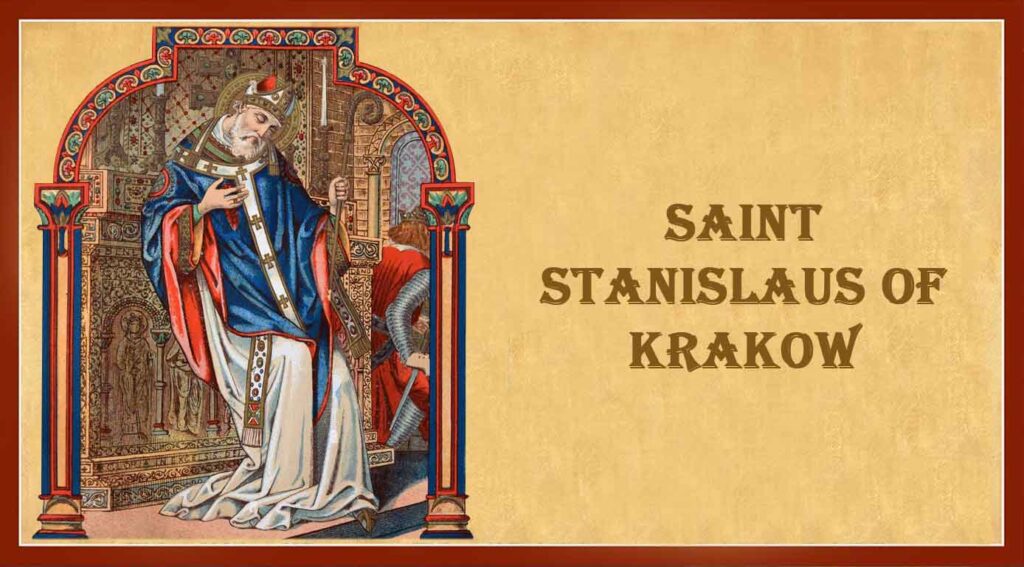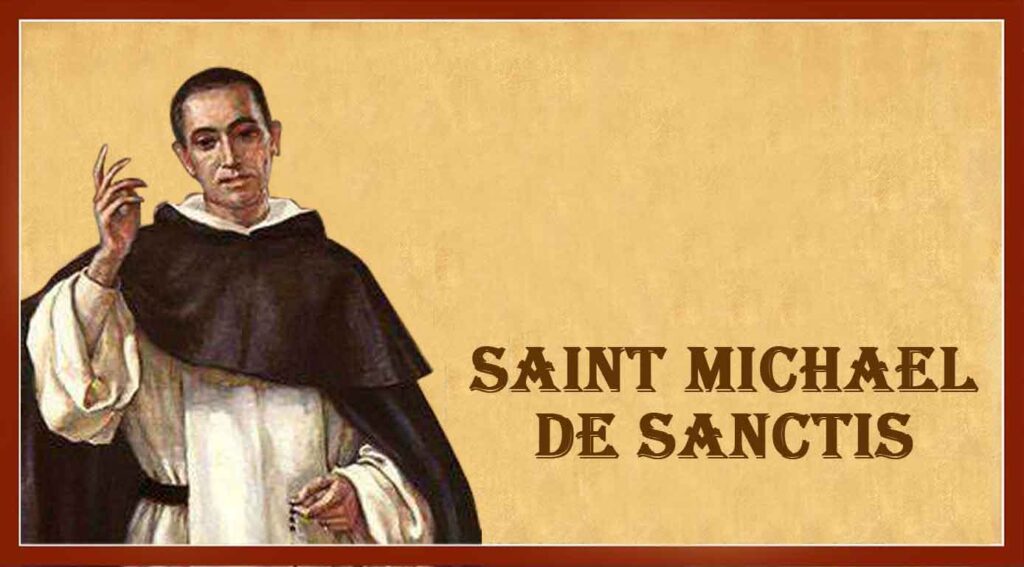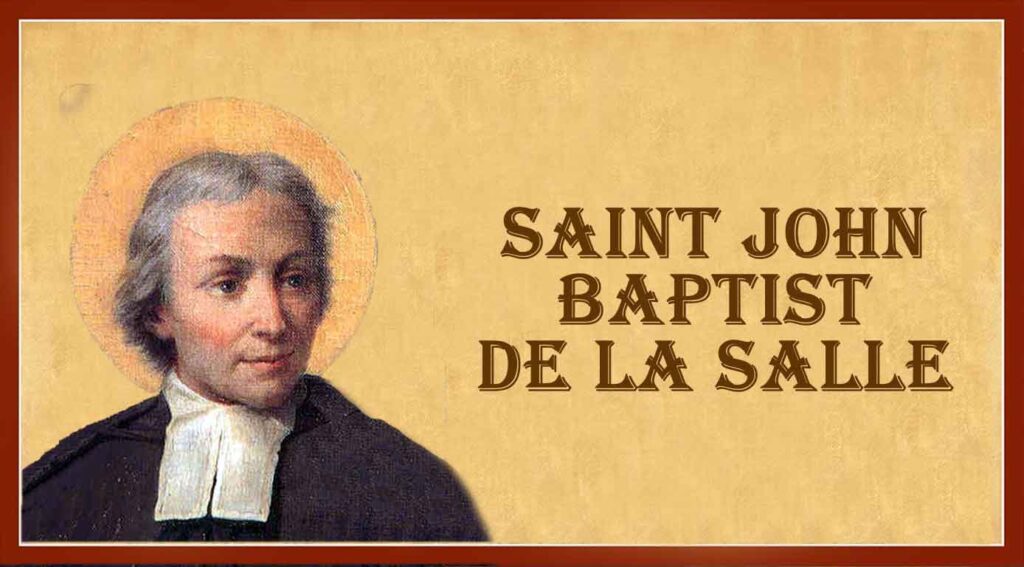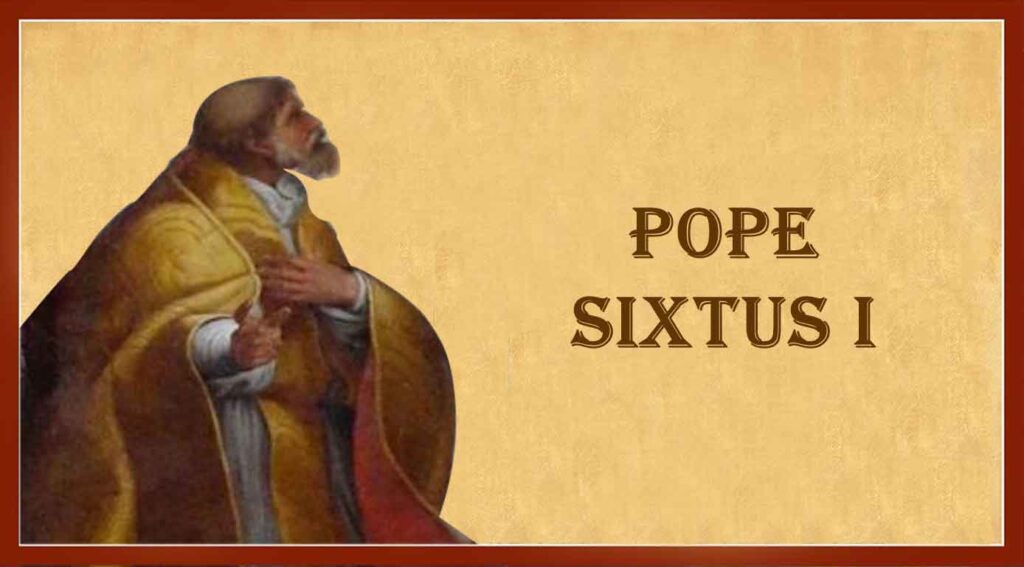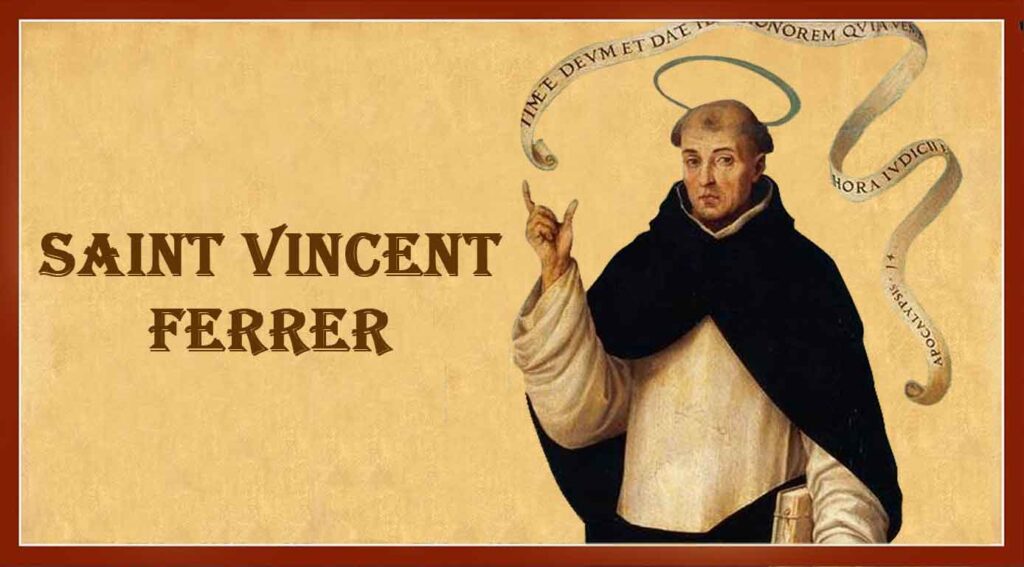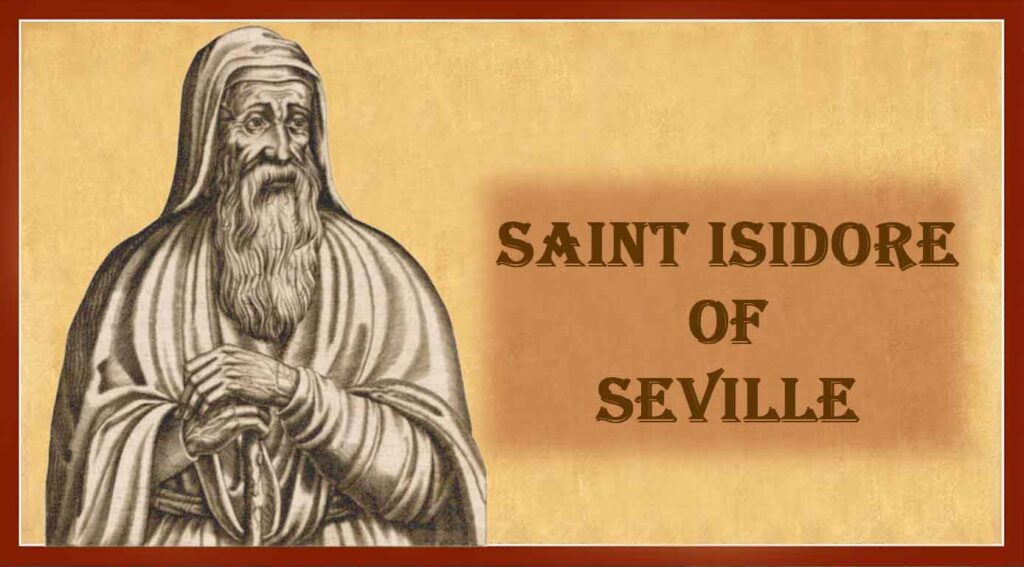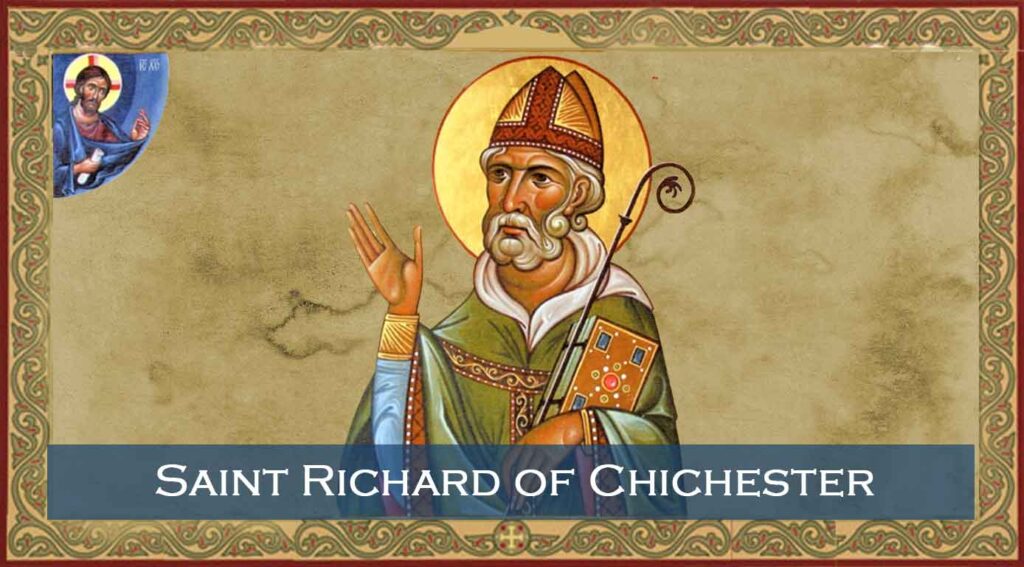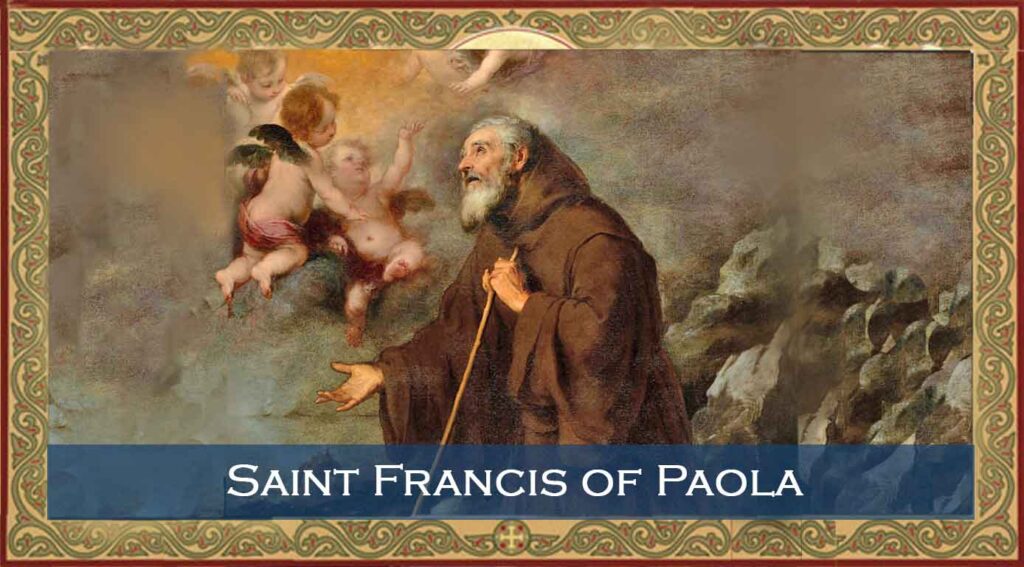Daily Saints
Saint Teresa of Los Andes
One needn’t live a long life to leave a deep imprint. Teresa of Los Andes is proof of that.
As a young girl growing up in the early 1900’s in Santiago, Chile, Juana Fernandez read an autobiography of a French-born saint—Thérèse, popularly known as the Little Flower. The experience deepened her desire to serve God and clarified the path she would follow. At age 19 Juana became a Carmelite nun, taking the name of Teresa.
The convent offered the simple lifestyle Teresa desired and the joy of living in a community of women completely devoted to God. She focused her days on prayer and sacrifice. “I am God’s,” she wrote in her diary. “He created me and is my beginning and my end.”
Toward the end of her short life, Teresa began an apostolate of letter-writing, sharing her thoughts on the spiritual life with many people. At age 20 she contracted typhus and quickly took her final vows. She died a short time later, during Holy Week.
Known as the “Flower of the Andes,” Teresa remains popular with the estimated 100,000 pilgrims who visit her shrine in Los Andes each year. Canonized in 1993 by Pope John Paul II, she is Chile’s first saint.
Sources:
https://www.franciscanmedia.org/saint-of-the-day/saint-teresa-of-los-andes/
Saint Teresa of Los Andes Read More »
Saint Stanislaus of Krakow
Saint Stanislaus of Krakow was born at Szczepanów, a village in Lesser Poland. He was the only son of the noble and pious Wielisław and Bogna. He was educated at a cathedral school in Gniezno (then the capital of Poland) and later, probably at Paris.
On his return to Poland, Stanislaus was ordained a priest by Lambert II Suła, Bishop of Kraków. Following his ordination, he was given a canonry in Kraków and became known for his preaching. He was subsequently made pastor of Czembocz near Kraków, canon and preacher at the cathedral, and later, vicar-general.
After the bishop’s death (1072), Stanislaus was elected his successor but accepted the office only at the explicit command of Pope Alexander II. Stanislaus was one of the earliest native Polish bishops. He also became a ducal advisor and had some influence on Polish politics.
Stanislaus’ major accomplishments included bringing papal legates to Poland, and reestablishment of a metropolitan see in Gniezno. He was the Bishop of Kraków known chiefly for having been martyred by the Polish king Bolesław II the Generous. Stanislaus is venerated in the Roman Catholic Church as Saint Stanislaus the Martyr.
Sources:
https://en.wikipedia.org/wiki/Stanislaus_of_Szczepan%C3%B3w
Britannica, The Editors of Encyclopaedia. "Saint Stanislaus of Kraków". Encyclopedia Britannica
Fr. Paolo O. Pirlo, SHMI (1997). "St. Stanislaus". My First Book of Saints. Sons of Holy Mary Immaculate - Quality Catholic Publications. pp. 80–81.
Saint Stanislaus of Krakow Read More »
Saint Michael de Sanctis
Saint Michael de Sanctis was born as Michael Argemir. He was also known as Michael of the Saints. At the age of twelve, he came to Barcelona and asked to be received into the monastery of the Trinitarians there.
After a three-year novitiate, he took his vows at that order’s monastery of St. Lambert at Zaragoza in 1607. After meeting a Discalced Trinitarian one day, he felt drawn to that congregation’s more austere lifestyle and, after much deliberation and the permission of his superior, he entered the congregation of the Discalced Trinitarians at Madrid as a novice. He then took his vows at Alcalá, became a priest, and was twice elected superior of the monastery at Valladolid.
During his life, Michael de Sanctis led a life of prayer and mortification. He was devout towards the Holy Eucharist, and is said to have been experienced ecstasies several times during Consecration.
Saint Michael de Sanctis Read More »
Saint John Baptist de La Salle
Complete dedication to what he saw as God’s will for him dominated the life of John Baptist de La Salle. In 1950, Pope Pius XII named him patron of schoolteachers for his efforts in upgrading school instruction. As a young 17th-century Frenchman, John had everything going for him: scholarly bent, good looks, noble family background, money, refined upbringing. At the early age of 11, he received the tonsure and started preparation for the priesthood, to which he was ordained at 27. He seemed assured then of a life of dignified ease and a high position in the Church.
But God had other plans for John, which were gradually revealed to him in the next several years. During a chance meeting with Monsieur Adrien Nyel, he became interested in the creation of schools for poor boys in Rheims, where he was stationed. Though the work was extremely distasteful to him at first, he became more involved in working with the deprived youths.
Once convinced that this was his divinely appointed mission, John threw himself wholeheartedly into the work, left home and family, abandoned his position as canon at Rheims, gave away his fortune, and reduced himself to the level of the poor to whom he devoted his entire life.
The remainder of his life was closely entwined with the community of religious men he founded, the Brothers of the Christian School (also called Christian Brothers or De La Salle Brothers). This community grew rapidly and was successful in educating boys of poor families, using methods designed by John. It prepared teachers in the first training college for teachers and also set up homes and schools for young delinquents of wealthy families. The motivating element in all these endeavors was the desire to become a good Christian.
Yet even in his success, John did not escape experiencing many trials: heart-rending disappointment and defections among his disciples, bitter opposition from the secular schoolmasters who resented his new and fruitful methods, and persistent opposition from the Jansenists of his time, whose moral rigidity and pessimism about the human condition John resisted vehemently all his life.
Afflicted with asthma and rheumatism in his last years, he died on Good Friday at age 68, and was canonized in 1900.
Sources:
https://www.franciscanmedia.org/saint-of-the-day/saint-john-baptist-de-la-salle/
Saint John Baptist de La Salle Read More »
Pope Sixtus I
Pope Sixtus I was the bishop of Rome from c. 115 to his death. He succeeded Alexander I and was in turn succeeded by Telesphorus.
According to the Liberian Catalogue of popes, he served the Church during the reign of Hadrian “from the consulate of Niger and Apronianus until that of Verus III and Ambibulus”, that is, from 117 to 126.
Like most of his predecessors, Sixtus I was believed to have been buried near Peter’s grave on Vatican Hill, although there are differing traditions concerning where his body lies today.
Pope Sixtus I instituted several Catholic liturgical and administrative traditions. According to the Liber Pontificalis (ed. Duchesne, I.128), he passed the following three ordinances:
That none but sacred ministers are allowed to touch the sacred vessels;
That bishops who have been summoned to the Holy See shall, upon their return, not be received by their diocese except on presenting Apostolic letters;
That after the Preface in the Mass, the priest shall recite the Sanctus with the people
Sources:
https://en.wikipedia.org/wiki/Pope_Sixtus_I
George L. Williams (2004). Papal Genealogy: The Families and Descendants of the Popes. p. 9. ISBN 9780786420711.
"Pope St. Sixtus I". The Catholic Encyclopedia. Vol. 14. New York: Robert Appleton Company. 1912.
Saint Vincent Ferrer
Saint Vincent Ferrer was a Valencian Dominican friar and preacher, who gained acclaim as a missionary and a logician. He is honored as a saint of the Catholic Church and other churches of Catholic traditions.
Saint Vincent Ferrer began his classical studies at the age of eight, and his study of theology and philosophy at fourteen. Four years later, at the age of eighteen, Ferrer entered the Order of Preachers, commonly called the Dominican Order. As soon as he had entered the novitiate of the Order, though, he experienced temptations urging him to leave. He prayed and practiced penance to overcome these trials. Thus he succeeded in completing the year of probation and advancing to his profession.
For a period of three years, he read solely Sacred Scripture and eventually committed it to memory. He published a treatise on Dialectic Suppositions after his solemn profession, and in 1379 was ordained a Catholic priest at Barcelona. He eventually became a Master of Sacred Theology and was commissioned by the Order to deliver lectures on philosophy. He was then sent to Barcelona and eventually to the University of Lleida, where he earned his doctorate in theology.
He preached to Colette of Corbie and her nuns, and it was she who told him that he would die in France. Too ill to return to Spain, he did, indeed, die in Brittany in 1419. Breton fishermen still invoke his aid in storms, and in Spain he is the patron of orphanages.
Sources:
https://en.wikipedia.org/wiki/Vincent_Ferrer
"Archdiocesan Shrine & Parish of St. Vincent Ferrer". www.facebook.com
"Sant Vicent Ferrer, patró de l'antic Regne de València", by Àngel Canet Català, Vilaweb, 31 March 2008, reprinted in Normalització, (in Catalan). The author of this article references El gran llibre dels sants, by Roger Costa Solé, Ara Llibres, Barcelona, 2007, as his source. Consulted 2016-12-18.
Dress, Clayton J. The Late Medieval Age of Crisis and Renewal, 1300–1500: A Biographical Dictionary. Greenwood Press, 2001. ISBN 0-313-30588-9. (p. 490)
Saint Vincent Ferrer Read More »
Saint Isidore of Seville
The 76 years of Isidore’s life were a time of conflict and growth for the Church in Spain. The Visigoths had invaded the land a century and a half earlier, and shortly before Isidore’s birth they set up their own capital. They were Arians—Christians who said Christ was not God. Thus, Spain was split in two: One people (Catholic Romans) struggled with another (Arian Goths).
Isidore reunited Spain, making it a center of culture and learning. The country served as a teacher and guide for other European countries whose culture was also threatened by barbarian invaders.
Born in Cartagena of a family that included three other sibling saints—Leander, Fulgentius and Florentina—he was educated by his elder brother, whom he succeeded as bishop of Seville.
An amazingly learned man, he was sometimes called “The Schoolmaster of the Middle Ages” because the encyclopedia he wrote was used as a textbook for nine centuries. He required seminaries to be built in every diocese, wrote a Rule for religious orders, and founded schools that taught every branch of learning. Isidore wrote numerous books, including a dictionary, an encyclopedia, a history of Goths, and a history of the world—beginning with creation! He completed the Mozarabic liturgy, which is still in use in Toledo, Spain. For all these reasons, Isidore has been suggested as patron of the Internet. Several others—including Anthony of Padua—also have been suggested.
He continued his austerities even as he approached age 80. During the last six months of his life, he increased his charities so much that his house was crowded from morning till night with the poor of the countryside.
Sources:
https://www.franciscanmedia.org/saint-of-the-day/saint-isidore-of-seville/
Saint Isidore of Seville Read More »
Saint Richard of Chichester
Saint Richard of Chichester, born in Burford, near the town of Wyche, was also known as Richard de Wych. He was an orphan member of a gentry family. According to biographers, friends tried to arrange a match with a certain noble lady for Saint Richard. However, Saint Richard rejected the proposed match, suggesting that his brother might marry her instead; he also reconveyed the estates back to his brother, preferring a life of study and the church.
Educated at the University of Oxford, Richard soon began to teach in the university. From there he proceeded to Paris and then Bologna, where he distinguished himself by his proficiency in canon law. On returning to England in 1235, Richard was elected Oxford’s chancellor.
His former tutor, Edmund of Abingdon, had become archbishop of Canterbury. In 1237, Archbishop Edmund appointed Richard chancellor of the diocese of Canterbury. Saint Richard joined the archbishop during his exile at Pontigny, and was with him when the archbishop died circa 1240. He then decided to become a priest and studied theology for two years with the Dominicans at Orléans. Upon returning to England, Richard became the parish priest at Charing and at Deal, but soon was reappointed chancellor of Canterbury by the new archbishop Boniface of Savoy.
In 1244 Richard was elected Bishop of Chichester. Henry III and part of the chapter refused to accept him, the king favouring the candidature of Robert Passelewe. But Innocent IV confirmed Richard’s election and consecrated him bishop at Lyons in March 1245.
Saint Richard’s private life was supposed to have displayed rigid frugality and temperance. He kept his diet simple and rigorously excluded animal flesh; having been a vegetarian since his days at Oxford. He was also merciless to usurers, corrupt clergy and priests who mumbled the Mass. He was also a stickler for clerical privilege.
After dedicating St Edmund’s Chapel at Dover, he died aged 56 at the Maison Dieu, Dover. Saint Richard of Chichester is the patron saint of Sussex in southern England.
Sources:
https://en.wikipedia.org/wiki/Richard_of_Chichester
Greenway. Fasti Ecclesiae Anglicanae 1066-1300: volume 5: pp. 1-6.
Lower. The Worthies of Sussex. p. 242
Saint Richard of Chichester Read More »
Saint Francis of Paola
Saint Francis of Paola was an Italian mendicant friar and the founder of the Roman Catholic Order of Minims. He was born in the town of Paola, which lies in the southern Italian Province of Cosenza, Calabria.
In his youth he was educated by the Franciscan friars in Paola. At the age of 13, being admonished by a vision of a Franciscan friar, he entered a friary of the Franciscan Order to fulfill the vow made by his parents.
At the completion of the year he went with his parents on a pilgrimage to Assisi, Rome, and other places of devotion. Returning to Paola, he selected a secluded cave on his father’s estate and there lived in solitude; but later on he found an even-more secluded cave on the sea coast. Here he remained alone for about six years, giving himself to prayer and mortification.
By 1436, he and two followers began a movement that would become the foundation of the Hermits of Saint Francis of Assisi, which would later be renamed as the Minim friars. Their name refers to their role as the “least of all the faithful”. Humility was to be the hallmark of the brothers as it had been in Francis’ personal life. The rule of life adopted by Francis and his religious was one of extraordinary severity. He felt that heroic mortification was necessary as a means for spiritual growth. They were to seek to live unknown and hidden from the world.
The number of his disciples gradually increased, and about 1454, with the permission of Pyrrhus, Archbishop of Cosenza, Francis built a large monastery and church. In 1474 Pope Sixtus IV gave him permission to write a rule for his community, and to assume the title of Hermits of St. Francis.
Saint Francis of Paola established monasteries of nuns, and a third order for people living in the world, after the example of Francis of Assisi. He was no respecter of persons based solely on their worldly rank or position. He rebuked the King of Naples for his ill-doing and in consequence suffered persecution.
Source:
https://en.wikipedia.org/wiki/Francis_of_Paola
"CATHOLIC ENCYCLOPEDIA: St. Francis of Paula". www.newadvent.org.
"St. Francis of Paola". Catholic News Agency.
Saint Francis of Paola Read More »




